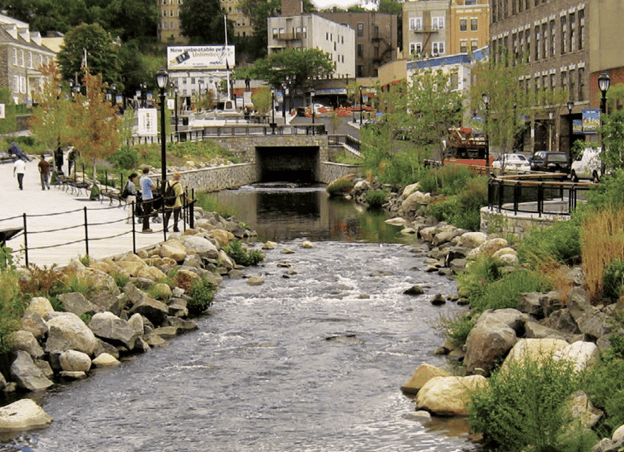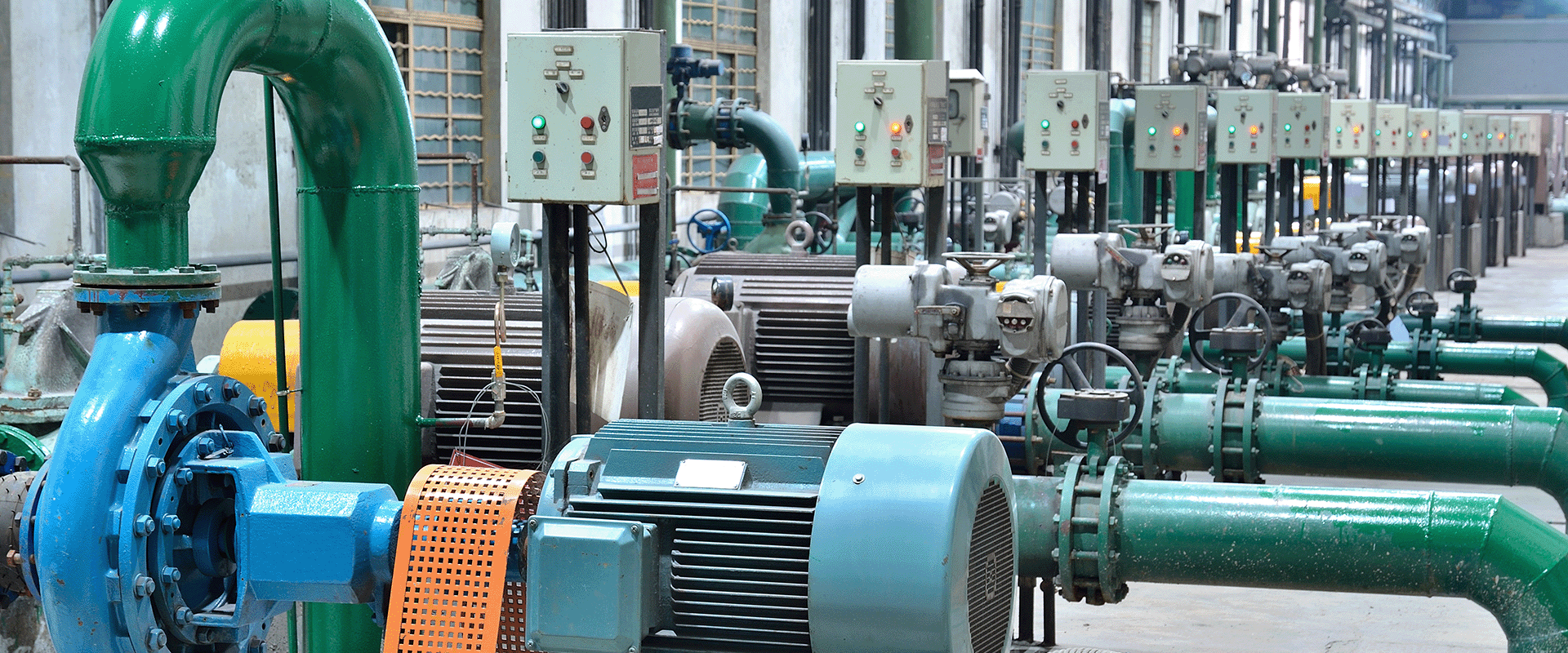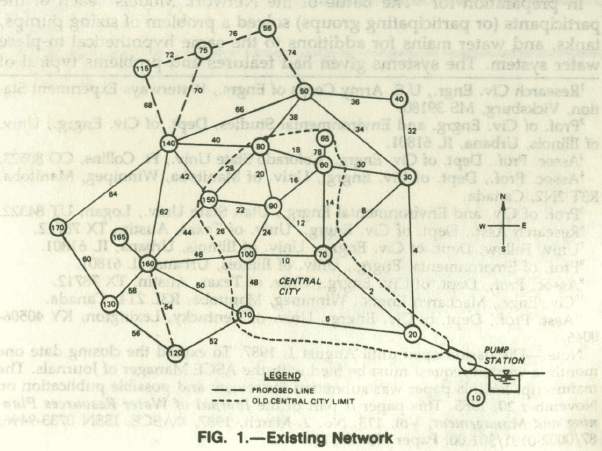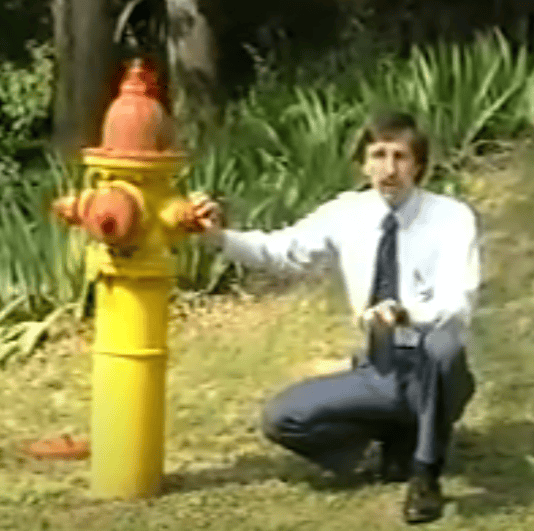As many places became urbanized in the past and real estate became valuable, streams were looked at as a nuisance. So, why not get rid of the streams? Of course, you can’t get rid of the water so many communities redirected, covered, and built roads over the streams and forgot about them, except during floods when the streams would find their way to the surface once the capacity of the tunnel/pipe/culvert was exceeded.
Nowadays, people are realizing that these streams are an asset and if you peel back the road or whatever was built on top of it, you could have a nice water feature in your community that may also help mitigate flooding.
The term given to this process is “Daylighting” (although the term gets used in a lot of other situations). The American Rivers organization is one of the leading groups in the U.S. that promotes stream daylighting. Their definition is, “Stream daylighting revitalizes streams by uncovering some or all of a previously covered river, stream, or stormwater drainage. Although most stream daylighting involves restoring a stream to a more natural state, other forms include architectural and cultural restoration. Architectural restoration involves restoring a stream to the open air while confining the channel within concrete walls, whereas cultural restoration celebrates a buried stream through markers or public art used to inform the public of the historic path, although the stream remains buried.” They also release a nice report on daylighting streams.
Usually, the hydraulic capacity of the stream is restored in daylighting, and flooding may be decreased. If stormwater can be directed to the stream, the infiltration/inflow and combined sewer overflows can be decreased. With exposure to daylight, aquatic life can be restored, trails can be established along the stream and activities commensurate with the stream can be undertaken.
The benefits of stream daylighting are many but there are hurdles. The first is the cost of construction. Drainage system owners usually don’t have the money for construction, and they need to search for grants or loans to fund the project. Then there are physical constraints. If a road has to be removed, then there needs to be sufficient capacity on other parallel roads to handle the increased traffic. If this is a fairly flat area, then parallel roads are usually available to take up the traffic load. However, in narrow, steep-sided valleys, there may be no alternate routes.
I can think of some examples. The most important road into my neighborhood has a buried creek below a portion of it. The road/stream is narrow and winding and lined with homes. Daylighting that stream/road would involve a very circuitous route over the hills because the valley is too narrow for a very busy road and a daylight streams.
An even worse case is one community whose main street also serves as a stream and a combined sewer, as shown in the figure below. Originally, the sewers ran directly into the stream and having the sewer carry the dry weather flow and much of the wet weather flow to the treatment plant was an improvement a century ago. But any improvement beyond this would be prohibitively expensive. No one really wants to see what’s under the pavement and the town doesn’t have any money.
There are places, however, where the opportunities line up and the benefits of stream daylighting exceed the costs. The cover of the American Rivers report shows a successful project, and the report discusses several other successes.

But don’t start ripping up the roads just yet. These projects need careful planning and design. What will the flows and depths look like for typical flows, drought, high flow, and design storms before and after the project? How will this project affect flood inundation maps? Who will be displaced? And of course, what will it cost? This is where Bentely’s OpenFlows Sewer models are very important. They can answer or help answer these questions.
In many cases, sewers flow into the stream. Storm sewers can enhance flows, but sanitary and combined sewers need to be routed through the daylighted areas―another use of Bentely’s OpenFlows Sewer models. Some of these buried streams are buried today because they are essentially open sewers. Daylighted streams are linear parks, and no one wants raw sewage flowing through their park.
Despite these challenges, there is a lot of potential for daylighting streams when the opportunity arises, and the stars line up.
American Rivers, “Daylighting Streams: Breathing Life into Urban Streams and Communities,” American Rivers, Washington, DC.
Read more of Tom’s blogs here, and you can contact him at [email protected].
Want to learn more from our resident water and wastewater expert? Join the Dr. Tom Walski Newsletter today!









